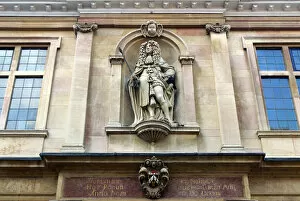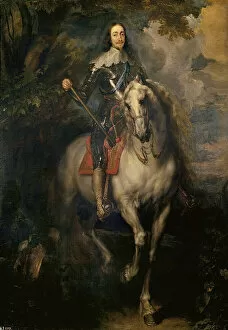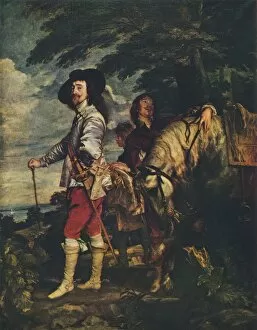King Charles I Collection (page 9)
King Charles I was a controversial figure in English history, known for his tumultuous reign and eventual execution
All Professionally Made to Order for Quick Shipping
King Charles I was a controversial figure in English history, known for his tumultuous reign and eventual execution. This collection of images provides a glimpse into the life and times of this enigmatic monarch. In the first image, we see Charles I engaged in conversation with Speaker Lenthall. The date is around 1850, but the creator remains unknown. This encounter likely took place during one of the many political debates that characterized Charles' rule. Moving on to the next image, a chromolithograph captures King Charles I himself. Created by an anonymous artist, this portrait showcases his regal presence and noble demeanor. It serves as a reminder of his authority and power during his time on the throne. Another notable artwork is Peter Lely's "Portrait Of Sir John Nicholas" from 1667. Although not directly depicting Charles I, it offers insight into the influential figures surrounding him at court. Sir John Nicholas was an important advisor to the king, playing a significant role in shaping royal policies. The following image takes us back to Charles I himself through another work by Sir Anthonis van Dyck titled "Charles I, King of England. " Painted between 1631-1635, this piece displays Van Dyck's mastery in capturing both physical likeness and inner character. It immortalizes Charles' dignified countenance while hinting at underlying complexities beneath his royal facade. A coloured engraving featuring all Kings and Queens of England reminds us that Charles was part of a long line of rulers who shaped British history. His reign marked a turbulent period that saw conflicts with Parliament culminating in civil war. The clothing depicted in "Clothing during the Reigns of Charles I and II" reflects fashion trends prevalent during these periods (1640-1686). Fashion often served as an expression of social status and cultural identity under different monarchs' rules.
















































